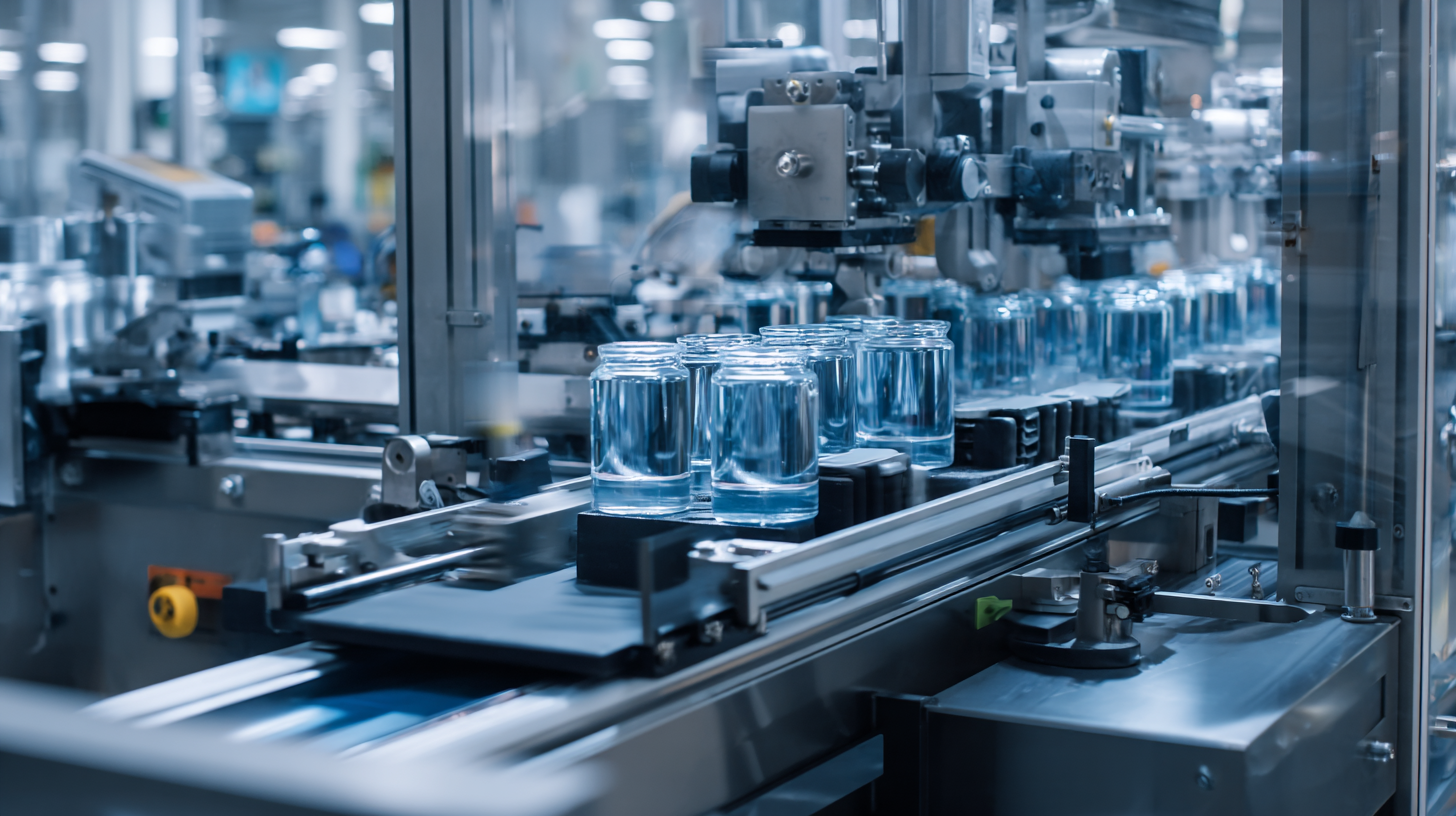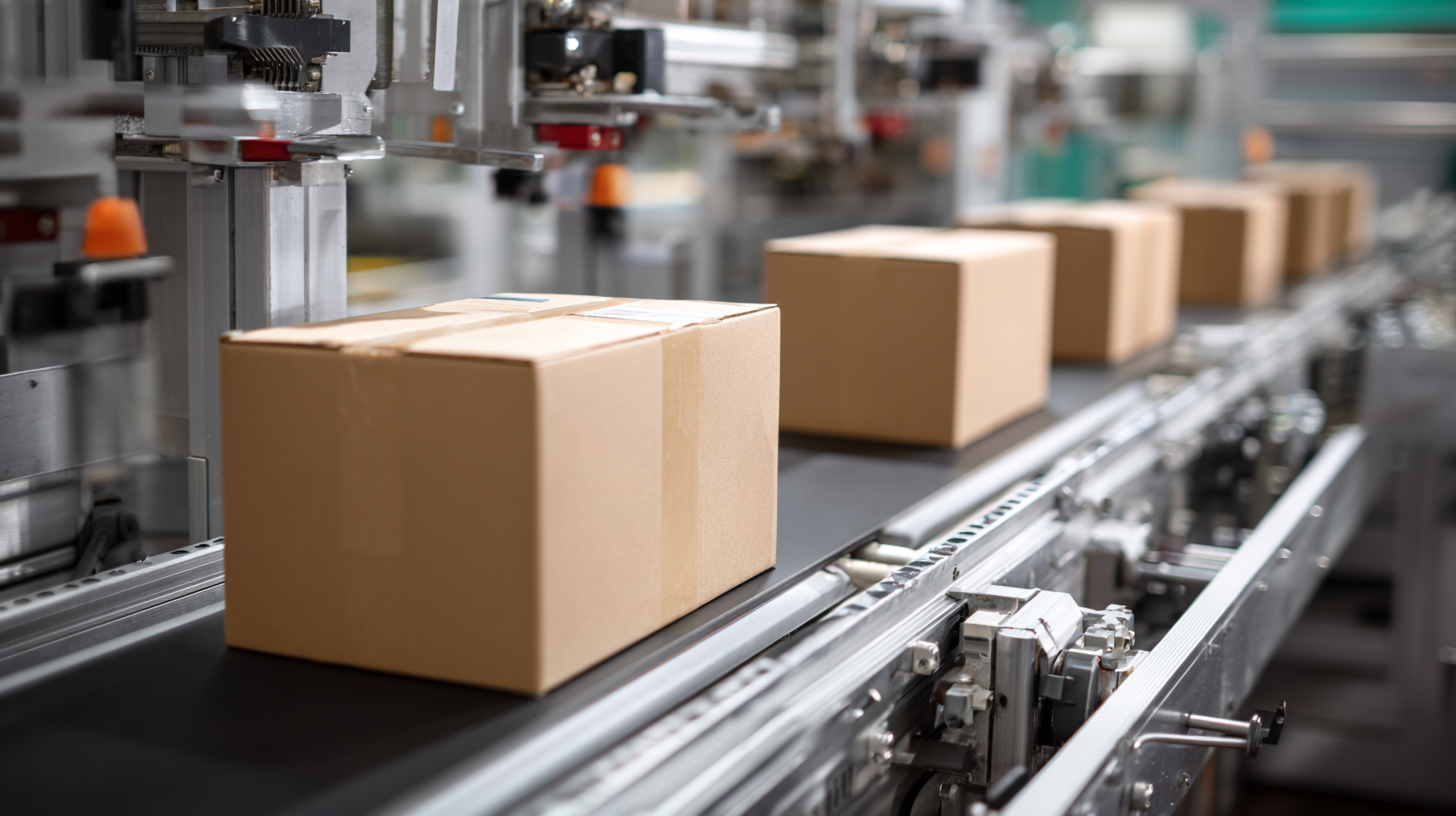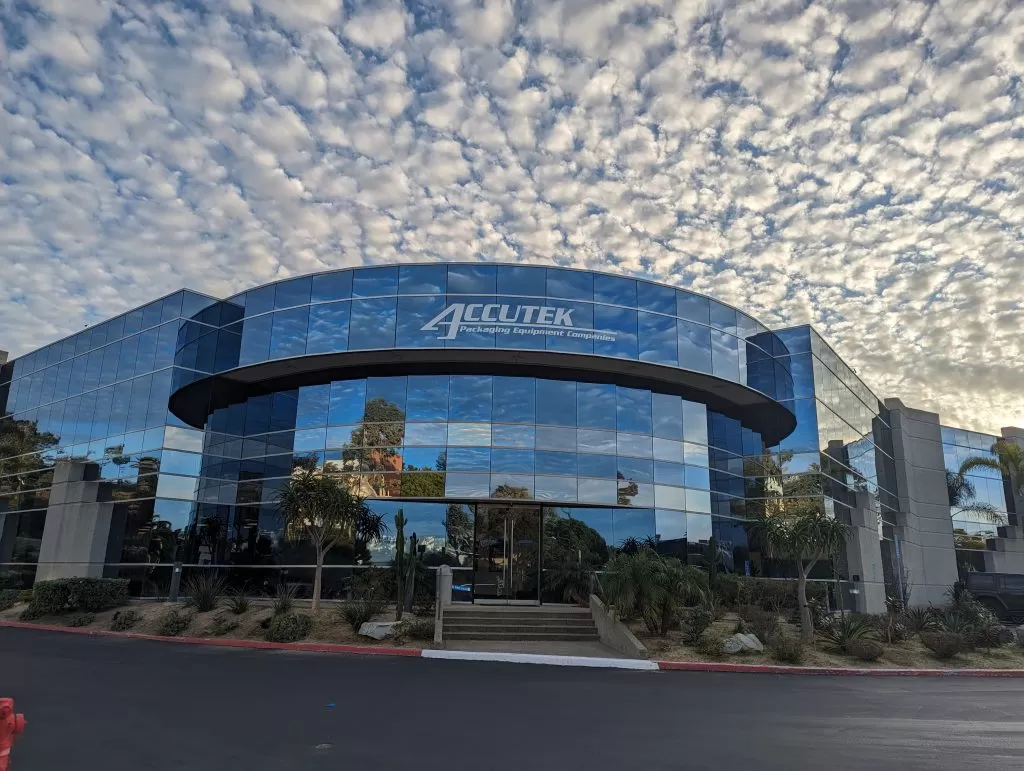As we move towards 2025, the packaging machine industry is poised for significant evolution driven by technological advancements and changing consumer demands. According to a recent report by Smithers Pira, the global packaging machine market is projected to reach $50 billion by 2025, expanding at a CAGR of 4.5%. This growth is largely fueled by innovations in automation, sustainability, and smart technology integration.

Industry leaders are increasingly prioritizing these trends to enhance efficiency and adaptability, ensuring that their packaging machines not only meet current standards but are also equipped to handle future challenges. By understanding the key trends shaping the landscape, businesses can better strategize to future-proof their operations, ultimately leading to improved productivity and customer satisfaction in an ever-competitive market.
As the packaging industry evolves, several emerging technologies are poised to reshape the landscape for packaging machines in 2025. Automation and robotics continue to advance, enabling manufacturers to enhance efficiency and reduce human error. The integration of smart sensors and IoT technology into packaging lines allows for real-time monitoring and data analysis, facilitating predictive maintenance and minimizing downtime. This focus on automation not only streamlines operations but also supports a more sustainable production process.
Tip: Consider investing in machines that feature IoT capabilities to gain insights into your operations. This can help optimize workflows and enhance overall productivity.
Another crucial trend is the shift toward eco-friendly materials and processes. Packaging machines are increasingly designed to accommodate sustainable materials, such as biodegradable films or recyclable containers. This transformation is driven by consumer demand for environmentally responsible products. Manufacturers who invest in these innovations will not only comply with regulations but also align with market trends that favor sustainability.
Tip: Regularly evaluate your packaging material options and explore machinery that can handle a variety of eco-friendly alternatives to stay ahead of market demands.
As packaging industries prepare for the challenges of 2025, integrating Artificial Intelligence (AI) and automation will redefine operational efficiency and quality. These technologies enable machines to adapt to changing demands, optimize processes, and minimize downtime. AI algorithms analyze data from production lines in real-time, allowing for predictive maintenance and enhancing decision-making. By anticipating potential issues, manufacturers can reduce disruptions and improve productivity.
Moreover, automation streamlines packaging workflows, reducing manual labor and associated errors. Automated systems can quickly switch between different packaging formats, catering to diverse product lines without extensive reconfiguration. The synergy of AI and automation not only cuts costs but also enhances sustainability by reducing waste and energy consumption. As industries embrace these advancements, they position themselves as leaders in innovation, ready to meet the evolving demands of consumers with speed and precision.
As we look towards 2025, the packaging industry is increasingly embracing sustainable innovations to meet the growing demand for eco-friendly practices. One significant trend involves the development of biodegradable and compostable materials that reduce the environmental impact of packaging waste. Manufacturers are exploring options such as plant-based plastics and recycled content to create packaging solutions that not only protect products but also contribute to a circular economy. This shift is crucial as consumers become more conscious of their purchasing decisions and favor brands that prioritize sustainability.
In addition to materials, the integration of smart technologies in packaging machines is facilitating more efficient production processes that minimize resource consumption. Automation and machine learning are being leveraged to enhance the precision of packaging, thereby reducing material waste and energy usage. With the rise of e-commerce, the demand for flexible packaging solutions that can adapt to various product sizes and shipments is also on the rise. By investing in these technological advancements and sustainable practices, companies can not only future-proof their operations but also play a vital role in nurturing a greener planet for generations to come.

The rapid evolution of technology is reshaping the packaging industry, and the Internet of Things (IoT) is at the forefront of this transformation. Smart packaging solutions are becoming integral to enhancing efficiency, sustainability, and customer engagement. By incorporating IoT devices, manufacturers can track inventory in real-time, monitor conditions during transit, and ensure product integrity. This technology allows for smarter decision-making, as data can be analyzed to optimize processes and reduce waste.
Tip: Consider investing in IoT-enabled packaging solutions that can provide valuable insights into your supply chain, helping you identify bottlenecks and improve overall efficiency.
Moreover, IoT facilitates enhanced consumer interaction through smart labels and QR codes, allowing customers to access detailed product information and engage with brands in new ways. This connectivity not only boosts transparency but also builds trust with consumers, who are increasingly demanding more information about the products they purchase.
Tip: Emphasize the use of interactive packaging features that can enhance user experience, creating a more meaningful connection between your brand and your customers. By leveraging smart packaging, businesses can position themselves to meet future demands while maximizing their operational potential.
In the rapidly evolving landscape of packaging technology, customization and consumer-centric design have emerged as pivotal trends for 2025. Consumers today are looking for products that not only meet their functional needs but also resonate with their individual identities. This shift towards personalization means that packaging machines must adapt to facilitate smaller batch sizes and a variety of designs that cater to diverse consumer preferences. Manufacturers are investing in advanced machinery that allows for quick changeovers and the ability to produce packaging in unique shapes, sizes, and finishes, allowing brands to create memorable experiences.
Moreover, the integration of smart technologies is enhancing consumer engagement through packaging. Innovations like QR codes and augmented reality (AR) are being incorporated into designs, bridging the gap between digital and physical experiences. This interactive packaging not only provides consumers with additional product information but also fosters brand loyalty by creating an emotional connection. As we move towards 2025, packaging machines will increasingly prioritize these consumer-centric approaches, enabling brands to stay competitive by offering tailored solutions that reflect the preferences of their target markets.

Accutek Packaging Equipment Companies, Inc. stands as one of the premier privately owned packaging machinery manufacturers in the United States.

Sign up for all the news about our latest arrivals